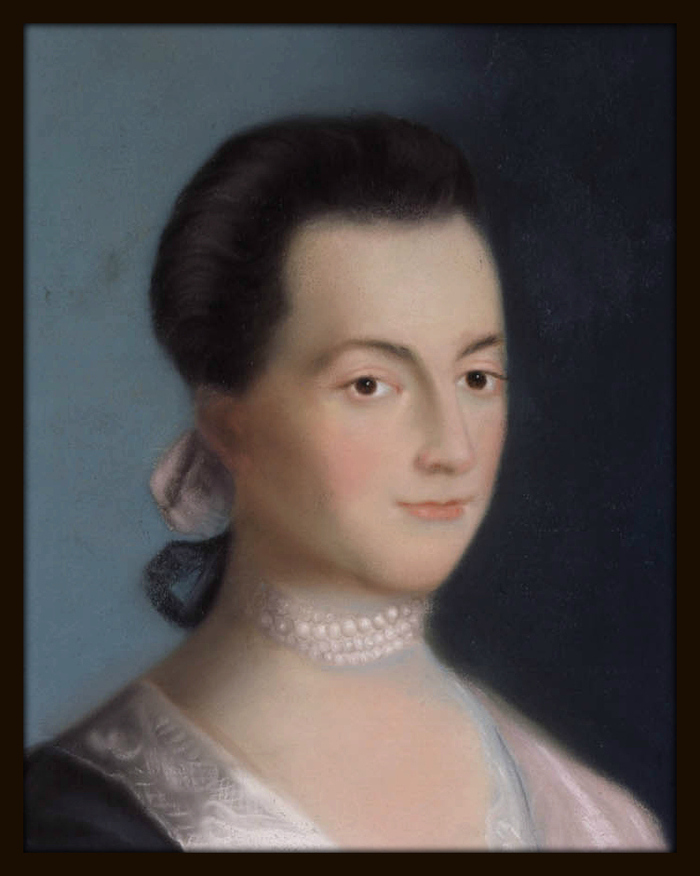
In 1762, John Adams penned a flirtatious note to "Miss Adorable," the 17-year-old Abigail Smith. In 1801, Abigail wrote to wish her husband John a safe journey as he headed home to Quincy after serving as president of the nation he helped create. The letters that span these nearly forty years form the most significant correspondence—and reveal one of the most intriguing and inspiring partnerships—in American history. As a pivotal player in the American Revolution and the early republic, John had a front-row seat at critical moments in the creation of the United States, from the drafting of the Declaration of Independence to negotiating peace with Great Britain to serving as the first vice president and second president under the U.S. Constitution. Separated more often than they were together during this founding era, John and Abigail shared their lives through letters that each addressed to "My Dearest Friend," debating ideas and commenting on current events while attending to the concerns of raising their children (including a future president). Full of keen observations and articulate commentary on world events, these letters are also remarkably intimate. This new collection—including some letters never before published—invites readers to experience the founding of a nation and the partnership of two strong individuals, in their own words. This is history at its most authentic and most engaging.
Author

Letters of Abigail Smith Adams, First Lady of the United States from 1797 to 1801 as the wife, to John Adams, her husband and president, provide a vivid picture of life in colonial Massachusetts. Abigail Adams (née Smith) mothered John Quincy Adams, the sixth president, and people see her as the first second lady and the second First Lady but only after her death coined the terms. Adams wrote the many letters, remembered today, to her husband, who meanwhile stayed in Philadelphia, Pennsylvania, during the Continental congresses. John Adams frequently sought the advice of his wife on many matters, and intellectual discussions on government and politics fill their letters. The letters are invaluable eyewitness accounts of the home front of the Revolutionary War as well as excellent sources of political commentary.